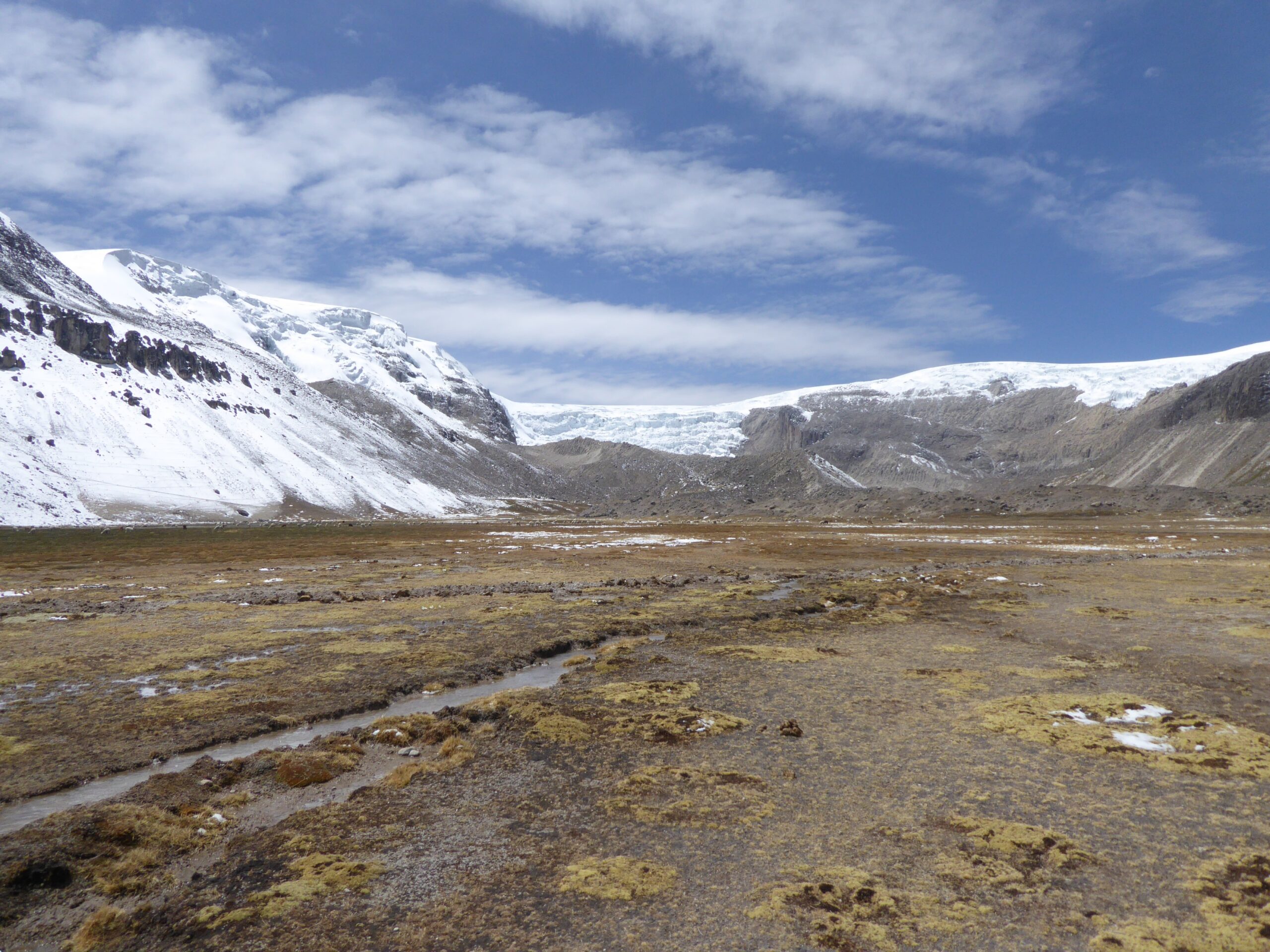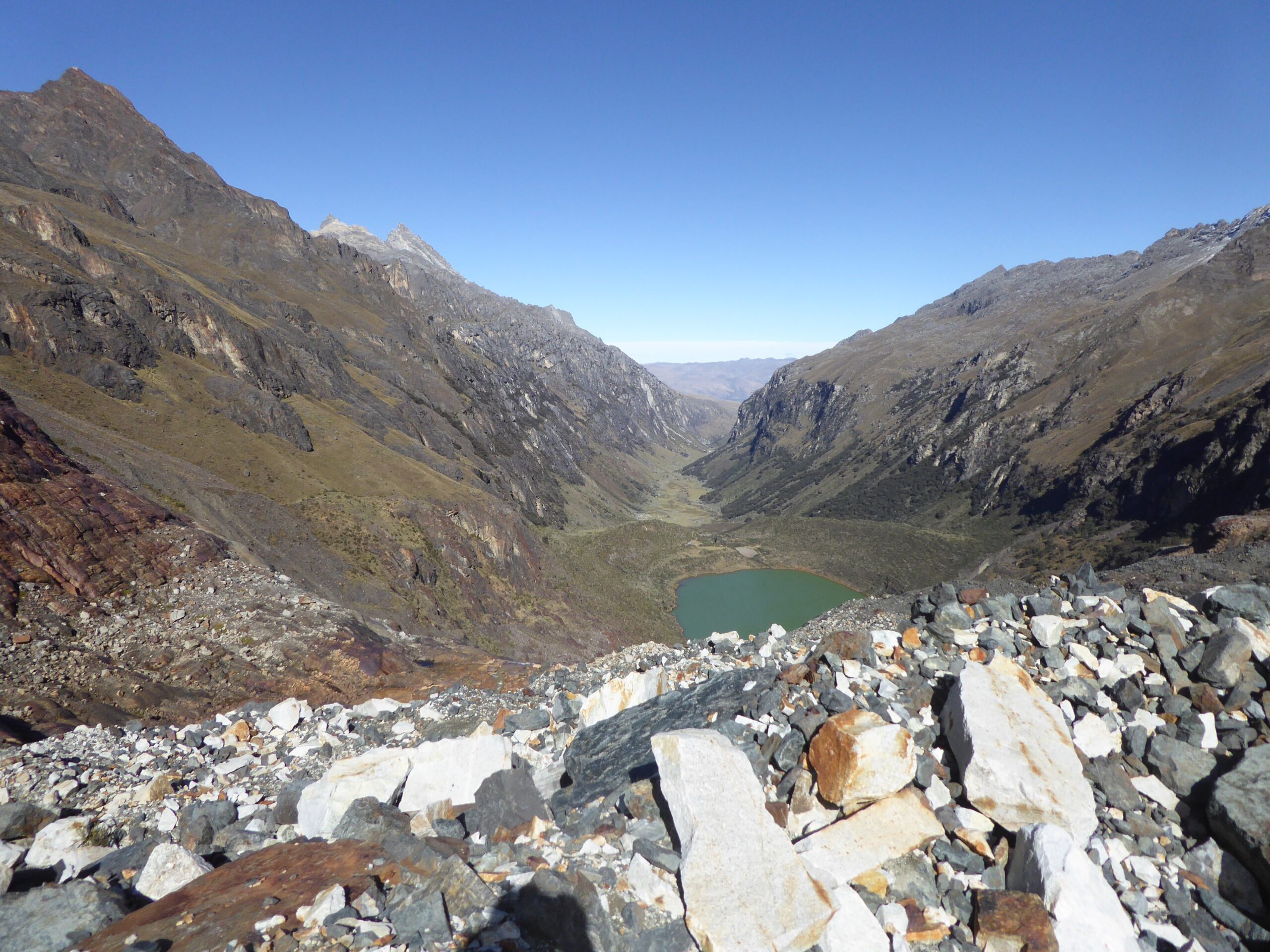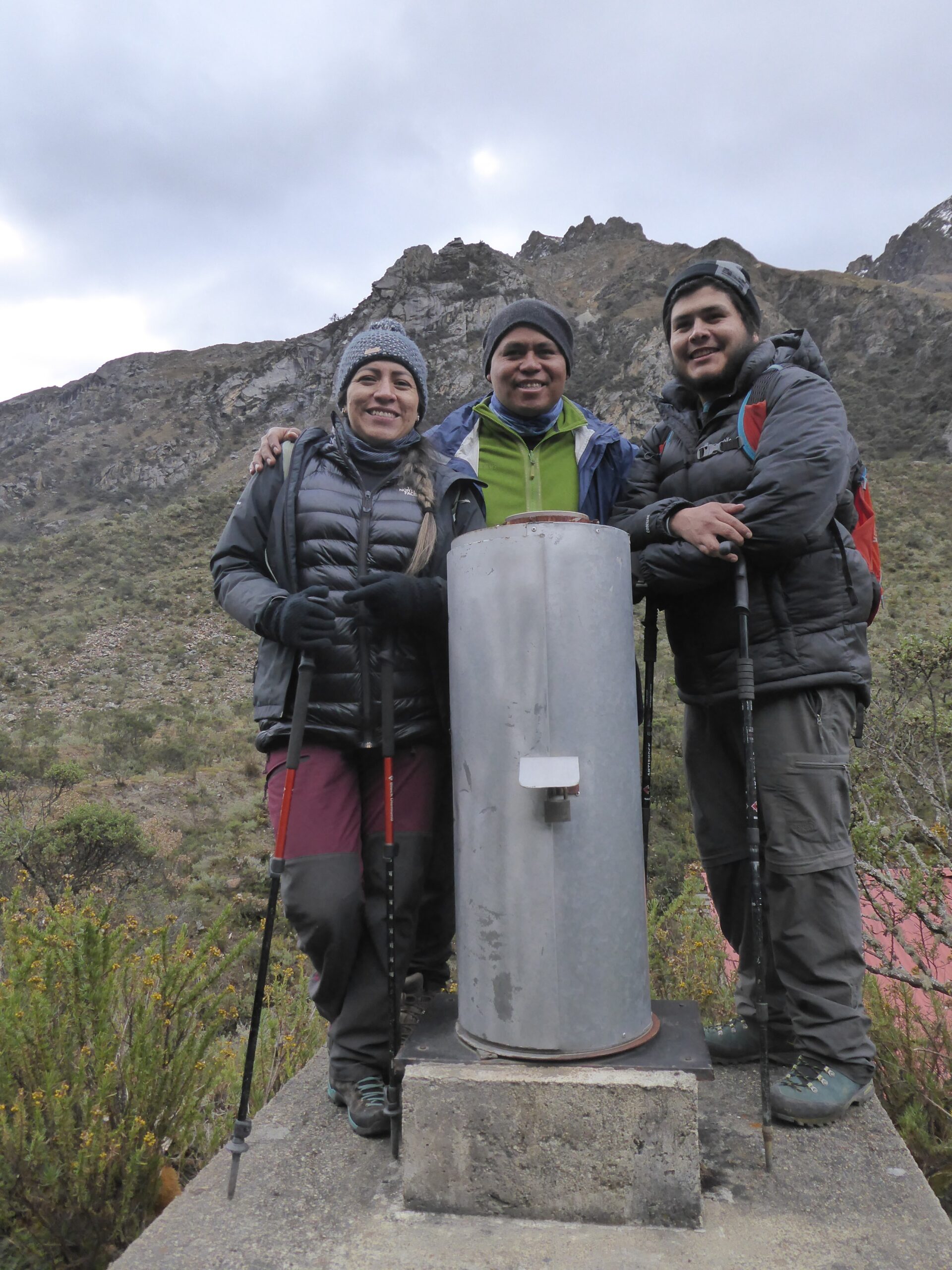
EPIC
ExPloring the ecohydrological Impacts of a changing Cryosphere in the Peruvian Andes
About the project
Glacier runoff is vital for the downstream populations and ecosystems of the Peruvian Andes. However previous predictions of future runoff have failed to take account of the complexity of the glacier surface energy balance nor of future vegetation succession. This project aims to provide a new, interdisciplinary understanding of the possible futures of the hydrology of the Cordillera Blanca, combining changes in climate, glaciers, hydrology and ecosystems, and disentangling their interactions. We will use the advanced ecohydrological model Tethys-Chloris, which takes a physically-based approach to representing glacier and catchment processes. We will determine both the key drivers of Peruvian glacier mass balance and the role of vegetation in altering the catchment water balance. We will assess the future of the region’s hydrology, including the changing climate, glacier evolution and scenarios of vegetation succession, to provide a holistic view of the controls on projected catchment runoff.
FUNDING: EU Horizon Europe Marie-Curie
PERIOD: 2024-2025

What have we found?
The project is quite new!
Current fieldwork is focusing on the forefield of Shallup Glacier, including:
- Collection of vegetation characteristics in deglaciated areas.
- Installation of trail cameras and soil temperature and moisture sensors.
- Collection of drone imagery of the proglacial areas.
Some press regarding these plans can be found in the local media (in Spanish):
Press conference at UNASAM in Huaraz
Radio/TV interview on Radio Chevere (14:50 to 30:20).
Come back later to see more updates on this project.
Meanwhile… related work can also be found on the PASTURE project page.


